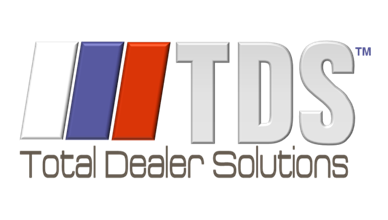Buy/Sell Agreements: Managing Parts Inventory During a Dealership Transition
When a dealership undergoes a buy/sell transaction, the accuracy of its parts inventory valuation is critical. Failing to properly audit parts inventory can result in financial discrepancies, disputes, or unexpected losses for buyers and sellers alike. Conducting a thorough audit ensures transparency, protects investments, and helps facilitate a smooth transition.
Why Parts Inventory Audits Matter in Buy/Sell Transactions
- Accurate Valuation: The dealership’s parts inventory is a significant asset. Overstating or understating inventory value can lead to financial loss or legal disputes.
- Eliminating Obsolescence Risk: Buyers need to ensure they aren’t overpaying for obsolete or unsellable parts.
- Ensuring Accounting Accuracy: The parts inventory should reconcile with the dealership’s general ledger (GL) to prevent unexpected discrepancies post-sale.
Key Steps in Auditing a Dealership’s Parts Inventory
1. Conduct a Full Physical Inventory
Before finalizing a buy/sell agreement, perform a physical count of all parts. This should include:
- Matching the physical count to the dealership management system (DMS) records.
- Identifying missing, mislabeled, or damaged parts.
- Segregating obsolete inventory.
2. Reconcile Parts Inventory to the General Ledger
Verify that the recorded inventory value aligns with the GL balance. This includes:
- Accounting for reconciling items such as parts received but not invoiced.
- Ensuring all transactions (returns, adjustments, discounts) have been properly recorded.
- Identifying and addressing any inventory variances.
3. Evaluate Inventory Aging Reports
Understanding the age of the inventory helps assess its actual value:
- Parts that have not sold in 6+ months are at risk of becoming obsolete.
- Compare stock levels with historical sales data to determine turnover rates.
- Negotiate adjustments based on aged or non-returnable parts.
4. Assess Special Order and Non-Stocking Parts
Special order parts and non-stocking items often create issues during buy/sell transactions:
- Ensure special order parts are properly tracked and accounted for.
- Verify whether non-stocking parts have a history of demand or if they should be excluded from valuation.
5. Analyze Pricing and Discounts
Confirm that all parts are accurately priced:
- Check for price discrepancies between the DMS and manufacturer price tapes.
- Identify any excessive discounting that may affect the real value of inventory.
6. Review Return Reserve and Allowances
Factory return programs and allowances can impact the value of parts inventory:
- Determine if the dealership has accrued return reserves.
- Factor in any potential credits for returnable inventory.
7. Verify Core Inventory and Dirty Cores
Core charges and dirty cores should be properly tracked:
- Identify any outstanding core returns and their impact on financial reconciliation.
- Ensure that all core values are correctly reflected in inventory records.
Best Practices for a Smooth Buy/Sell Transition
- Work with a Third-Party Auditor: An unbiased inventory audit can provide credibility and accuracy.
- Utilize Inventory Management Software: Automated reconciliation tools like PartsRec help track variances and streamline the audit process.
- Negotiate Obsolescence Adjustments: Buyers should negotiate a discount for obsolete parts to avoid overpaying.
- Maintain Open Communication: Both parties should collaborate on inventory verification to prevent post-sale disputes.
Conclusion
A thorough parts inventory audit protects both buyers and sellers in a dealership transaction. By ensuring accurate valuation, reconciling inventory to the GL, and identifying potential risks, dealerships can avoid costly surprises and ensure a successful transition.
Looking for expert guidance on inventory reconciliation? Learn how automated solutions can simplify your next dealership acquisition.
